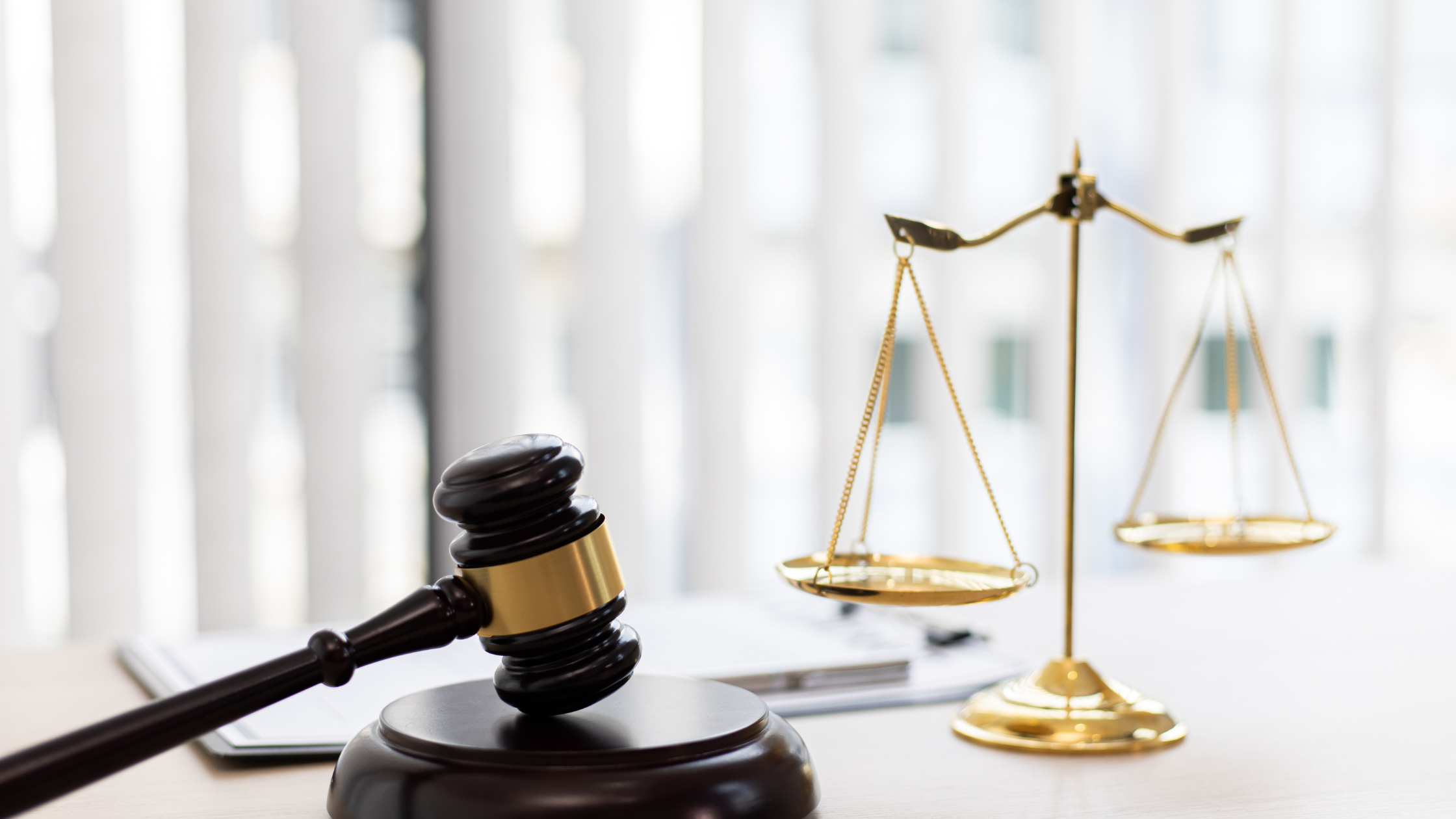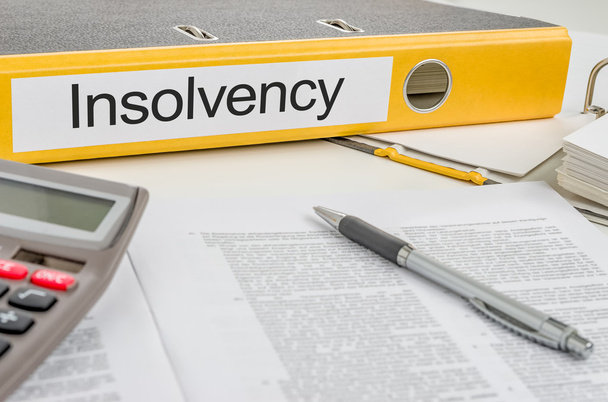
Insolvency vs Bankruptcy: Key Differences and Similarities
Introduction
In today's complex financial world, terms like insolvency and bankruptcy are often used interchangeably. However, they have distinct meanings and implications. Understanding the differences and similarities between insolvency and bankruptcy is crucial for individuals and businesses facing financial difficulties. In this article, we will explore the key differences and similarities between insolvency and bankruptcy, shedding light on their definitions, legal frameworks, consequences, and potential solutions.
Insolvency: Understanding the Basics
Insolvency refers to a financial state where an individual or entity is unable to pay their debts as they become due. It is important to note that insolvency is a broader concept that encompasses both personal and business finances. When someone is insolvent, it means that their liabilities exceed their assets, resulting in an inability to meet financial obligations.
What is Insolvency?
Insolvency can be defined as the inability of an individual or insolvency lawyers business to fulfill their financial obligations due to insufficient funds or resources. It can occur for various reasons such as poor financial management, economic downturns, unexpected events, or excessive debt burdens.
Signs of Insolvency
Recognizing signs of insolvency early on can help individuals and businesses take appropriate actions to address their financial challenges. Some common signs of insolvency include:
Bankruptcy: A Legal Process for Debt Relief
Bankruptcy, on the other hand, is a legal process designed to provide relief for individuals or businesses who are unable to meet their financial obligations. It offers a framework for restructuring debts or liquidating assets to repay creditors while granting the debtor a fresh start.
What is Bankruptcy?
Bankruptcy can be defined as a legal status where an individual or entity declares their inability to repay debts and seeks the protection and assistance of the court. It involves a formal process that aims to distribute the debtor's assets among creditors or establish a repayment plan based on the debtor's financial situation.
The Different Types of Bankruptcy
Bankruptcy laws differ from one jurisdiction to another, but the most common types of bankruptcy are:
Key Differences Between Insolvency and Bankruptcy
macmillan.lawWhile insolvency and bankruptcy are closely related, there are several key differences between them that should be understood. Let's explore these differences:
Legal Status
Insolvency is not a legal status but rather a financial state where an individual or entity cannot meet their financial obligations. On the other hand, bankruptcy is a legal process initiated by a debtor seeking relief from their debts and protection from creditors.
Initiation
Insolvency can occur naturally over time as financial difficulties arise, whereas bankruptcy is initiated voluntarily by the debtor filing a petition with the court.
Debt Resolution
Insolvency does not provide a specific framework for debt resolution. It is up to the individual or entity to negotiate with creditors or seek alternative solutions such as debt consolidation or refinancing. In contrast, bankruptcy offers legal protection and various options for debt resolution, including asset liquidation or debt restructuring.
Consequences
Insolvency does not have direct legal consequences unless legal action is taken by creditors. However, it can have severe financial implications such as damaged credit scores, limited access to financing, or potential bankruptcy. Bankruptcy, on the other hand, has legal consequences such as asset liquidation, impact on credit scores, and restrictions on future borrowing.
Discharge of Debts
Insolvency does not guarantee the discharge of debts. It is up to the individual or entity to negotiate with creditors for debt settlement or repayment plans. In bankruptcy, certain types of debts can be discharged depending on the type of bankruptcy filed.

Similarities Between Insolvency and Bankruptcy
While there are several differences between insolvency and bankruptcy, they also share some similarities:
Financial Distress
Both insolvency and bankruptcy indicate a state of financial distress where an individual or entity is unable to meet their financial obligations.
Impact on Credit Scores
Both insolvency and bankruptcy can have a negative impact on an individual's or entity's credit scores. They can make it difficult to obtain credit in the future or may result in higher interest rates.
Negotiations with Creditors
In both insolvency and bankruptcy cases, negotiations with creditors are often necessary. This could involve seeking debt settlements, repayment plans, or other forms of debt relief.
FAQs about Insolvency vs Bankruptcy: Key Differences and Similarities
Q: Can a person be insolvent without being bankrupt? A: Yes, insolvency is a broader concept that includes financial states where individuals are unable to meet their obligations. Bankruptcy is a specific legal process that provides relief for insolvent individuals.
Q: Is bankruptcy the only solution for insolvency? A: No, bankruptcy is just one option for resolving insolvency. Other alternatives include negotiation with creditors for debt settlements, refinancing loans, or seeking professional advice from financial experts.
Q: Can businesses be insolvent without filing for bankruptcy? A: Yes, businesses can be insolvent without filing for bankruptcy. Insolvency often precedes bankruptcy, and businesses may choose to negotiate with creditors or seek alternative solutions before resorting to the legal process of bankruptcy.
Q: How long does bankruptcy stay on a credit report? A: The length of time bankruptcy stays on a credit report depends on the type of bankruptcy filed. Generally, Chapter 7 bankruptcy remains on a credit report for ten years, while Chapter 13 bankruptcy is reported for seven years.
Q: Can insolvency be temporary? A: Yes, insolvency can be temporary if individuals or entities take appropriate actions to improve their financial situation. This could involve reducing expenses, increasing income, or seeking professional advice.
Q: Is it possible to rebuild credit after bankruptcy? A: Yes, it is possible to rebuild credit after bankruptcy. Although bankruptcy has a significant impact on credit scores, individuals can take steps such as paying bills on time, obtaining secured credit cards, and demonstrating responsible financial behavior to rebuild their credit over time.
Conclusion
Understanding the key differences and similarities between insolvency and bankruptcy is crucial for anyone facing financial difficulties. While insolvency refers to a financial state where individuals or entities are unable to pay their debts, bankruptcy provides a legal framework for debt relief and resolution. By recognizing the signs of insolvency early on and exploring potential solutions, individuals and businesses can navigate their financial challenges more effectively. Whether it's negotiating with creditors, seeking debt settlements, or considering the option of bankruptcy, proactive action can lead to a brighter financial future. So remember, when it comes to insolvency vs bankruptcy, knowledge is power!